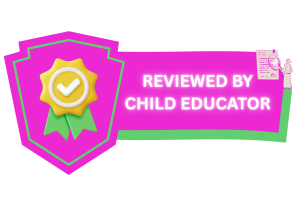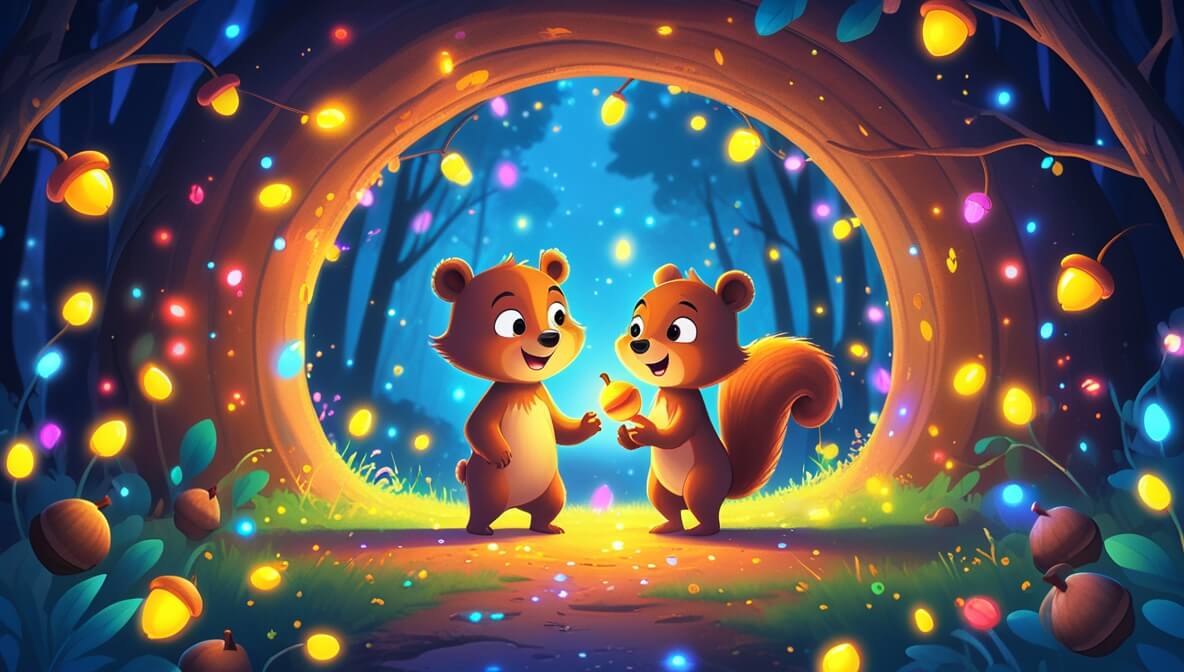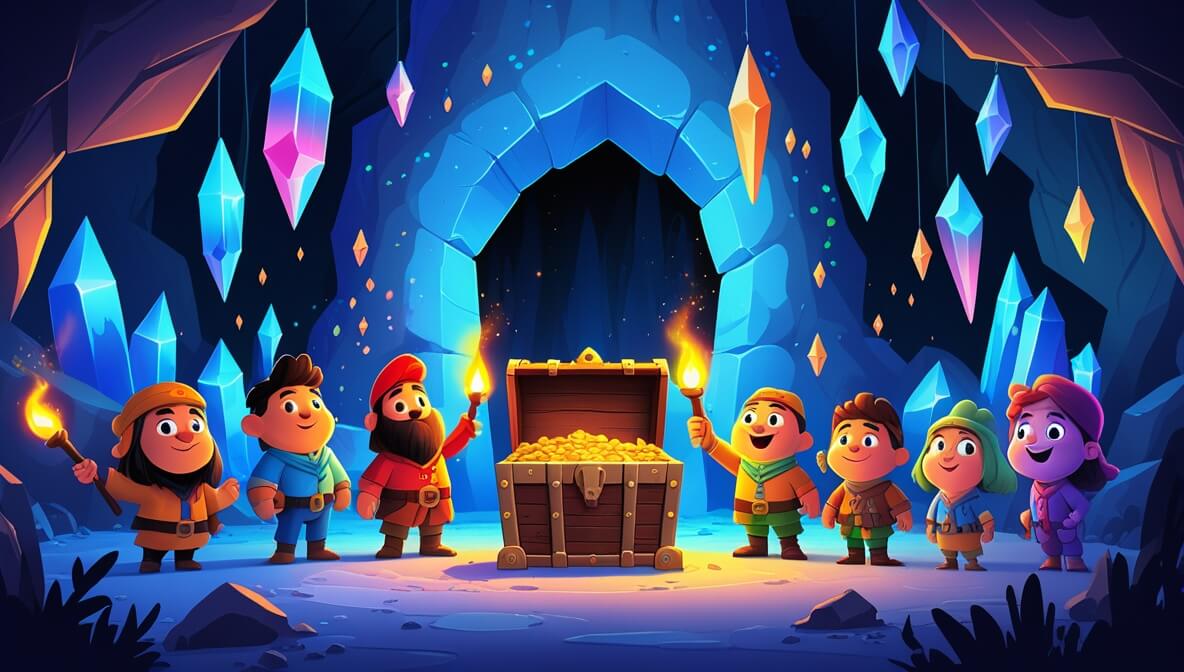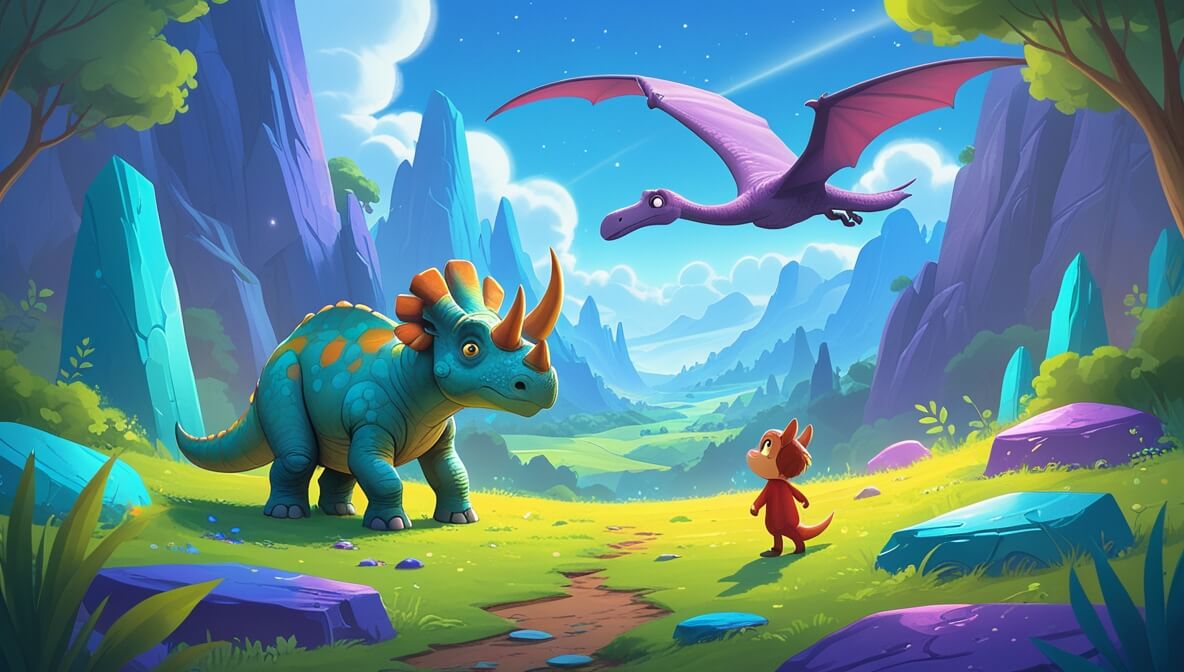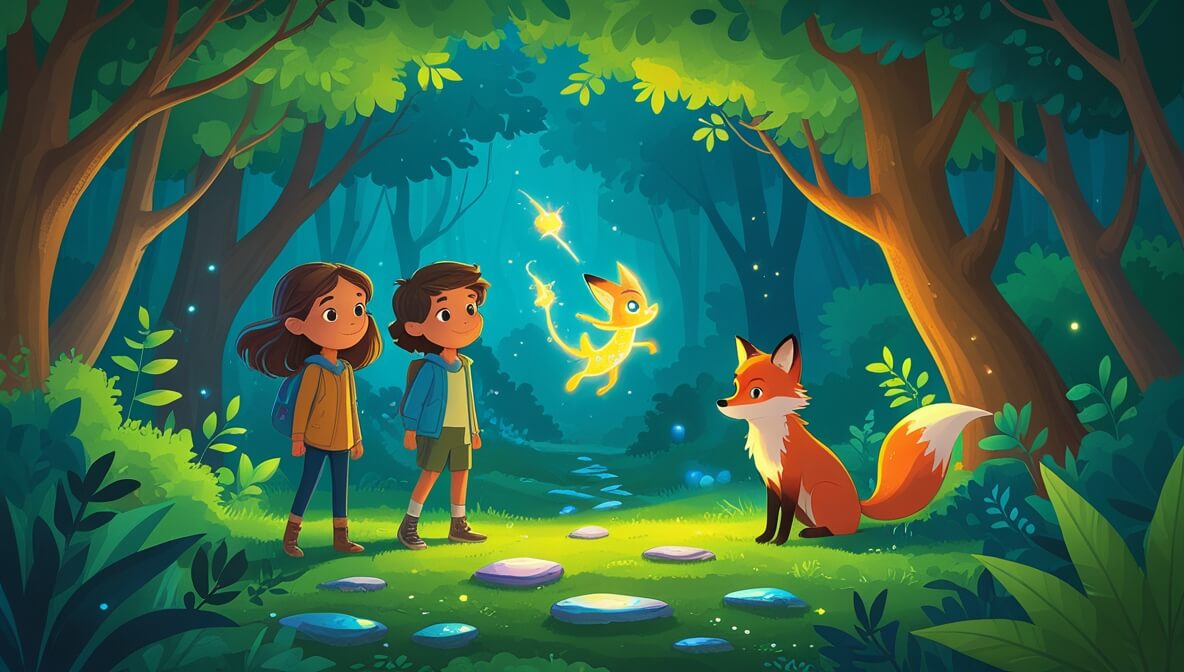Luna the ladybug is about to discover a new world in the garden as she learns the magic of friendship and the joy of exploration.
Age Recommendation
0 – 4 years
Characters
Characters:
- Luna (a curious ladybug who loves to explore)
- Buzzy (a friendly bee who loves flowers)
Story
Once upon a time, in a colorful garden, there lived a little ladybug named Luna. She had bright red wings with tiny black spots. Every morning, Luna loved to explore the garden, looking for new adventures. One sunny day, as she was fluttering around, she saw something yellow and buzzing.
The Buzzing Garden
Luna flew closer and saw a cheerful bee named Buzzy. Buzzy was busy collecting nectar from a bright sunflower. Luna was curious and said, “Hello, Buzzy! What are you doing?” Buzzy smiled and replied, “I’m collecting nectar to make honey! Would you like to join me?”
Exploring Together
Luna was excited. She had never collected nectar before. “Yes, I’d love to!” she chirped. Together, Luna and Buzzy flew from flower to flower, enjoying the garden’s beauty. Luna learned how important bees are for the flowers. She also discovered how much fun it was to explore with a friend.
The Magic of Friendship
As the sun began to set, Luna and Buzzy sat on a leaf, watching the sky turn pink and orange. Luna realized that exploring was much more fun with a friend. She felt grateful to have met Buzzy. “Thank you for showing me the garden, Buzzy,” Luna said with a giggle. “I had the best day ever!”
The end.
Moral of the Story
Friendship makes adventures more fun, and learning together can show us the wonderful world around us.
Questions to Think About
- Why do you think Luna was curious about Buzzy?
- What did Luna learn from Buzzy?
- How did Luna and Buzzy help each other?
- What did Luna and Buzzy see when the sun set?
- Can you think of a time when you explored something new with a friend?
Do You Know
- Bees help flowers grow by spreading pollen. This is called pollination!
- Ladybugs are helpful in gardens because they eat tiny insects that can harm plants.
Word Explorer
- Nectar: A sweet liquid that bees collect from flowers.
- Pollen: A powdery substance that helps flowers grow new plants.
- Explore: To look around and find new things.
Emotions in the Story
- Curiosity: When Luna saw Buzzy and wanted to learn more about what he was doing.
- Joy: As Luna and Buzzy flew together, discovering the garden’s beauty.
- Gratitude: When Luna thanked Buzzy for showing her the wonders of the garden.
Color Your Scene
Imagine Luna and Buzzy sitting on a green leaf as the sky turns a beautiful pink and orange. Draw their happy faces and the colorful garden around them. Use lots of bright colors for the flowers and a warm orange for the sunset sky.
Parents’ Corner
This story is a wonderful way to introduce your child to:
- Friendship: Talk about how Luna and Buzzy became friends and explored together.
- Curiosity: Encourage your child to ask questions and be curious about the world, just like Luna.
- Exploration: Discuss the joy of discovering new things and learning together with friends.
- Appreciation for nature: Explain how bees and ladybugs play a role in our gardens and how we can appreciate their work.


